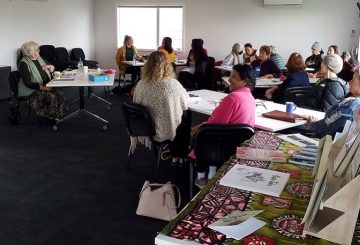구조조정 후 테푸켄가에서 일자리 200개 삭감 예정
Te Pūkenga will axe 450 jobs and let a further 350 fixed-term contracts expire, under its revised restructure plan.
Beaches, wineries and Art Deco. The Hawke's Bay has a diverse economy, including business services that support its sectors to be the second largest contributor to regional GDP in the country. A popular tourist destination, the region has some of the countries best restaurants as well as stunning scenery, markets and festivals.
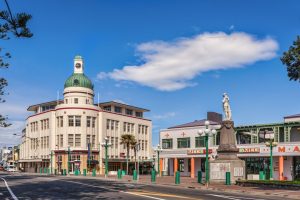

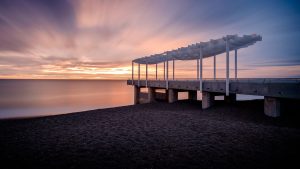
The Bay of Plenty is officially New Zealand's sunniest destination, enjoying short-lived winters and long summer days. The Region offers some of the country's most spectacular views and many ways to enjoy the pristine scenery and natural wonders. Visitors also enjoy exploring the Bay's Māori heritage and pre-European roots.
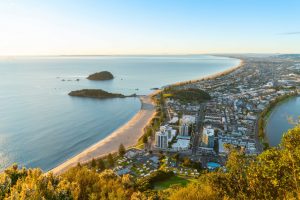
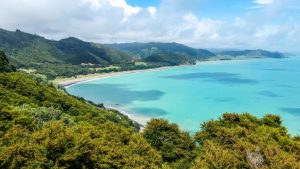
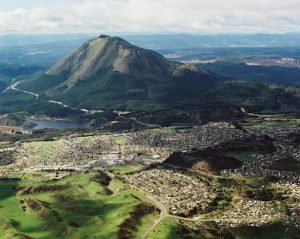
The Waikato is known for its rolling plains, fertile land and the mighty Waikato River. The region is the fourth largest regional economy in New Zealand, with a strong focus on primary production and associated manufacturing.

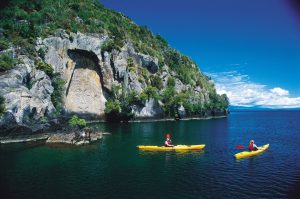

Welcome to Whanganui. This is our place; where history is full of stories, legends and rich legacy. Where a thriving arts scene, creativity and evolving culture inspire our modern lives. Where breath-taking natural landscapes capture imaginations at every turn.
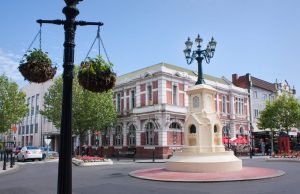
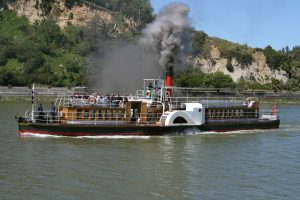
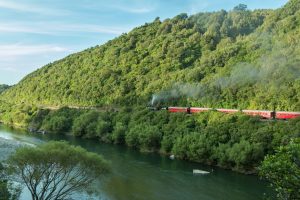
Located in the lower North Island, Manawatu is heartland New Zealand, offering an authentic Kiwi experience.
The main in the region are Palmerston North, most notable for Massey University. Palmerston has a vibrant, arts and culture scene.
The region's economy is based on food production and processing, research and education. The region is also home for the New Zealand defence force.



Northland was originally home to some of our country's first human inhabitants. Today, it is one of the fastest growing regions in New Zealand and home to nearly 189,000 people. Rich in culture and history, the region boasts a stunning natural environment.
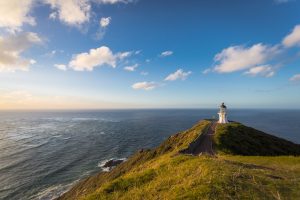
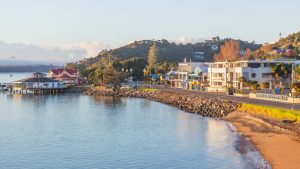
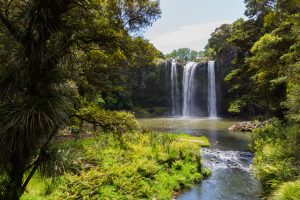
Auckland Region stretches from the the beaches of the Pacific Ocean in the east to the expansive beaches of the rugged west coast of the Tasman Sea. Auckland City, the largest urban area in New Zealand is considered the main economic center of New Zealand and a popular destination for international students and travellers.
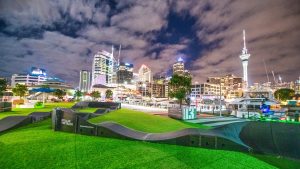
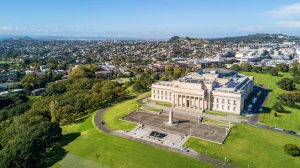
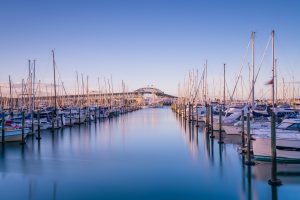
Gisborne is a Region on the east coast of New Zealand's North Island. It's known for wineries and surf beaches such as Makorori. The region has maintained a strong Maori heritage. The region's economy is made up mainly of agriculture, horticulture and forestry.
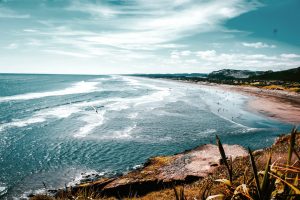
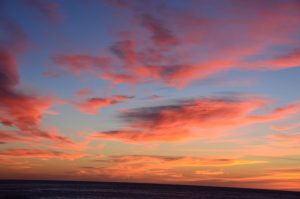
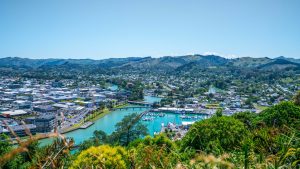
Taranaki is a coastal and mountainous region on the western side of New Zealand's North Island. Its landscape is dominated by Mount Taranaki, its namesake volcano, which lies within the rainforested Egmont National Park.
The port city of New Plymouth is the area's cultural and commercial hub. Taranaki's economy is diverse and includes dairy, oil and gas. The region is the highest contributor or national GDP per capita.
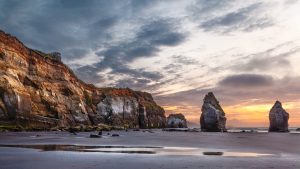
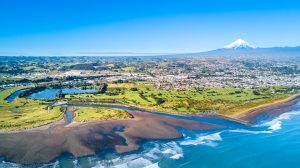
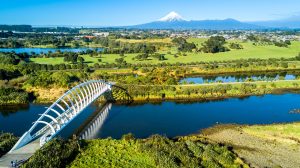
The Wellington Region covers Wellington city in the south, Upper and Lower Hutt valleys to the north-east, and Porirua to the north-west. The region takes its name from Wellington, New Zealand's capital city.
Wellington is famous for its arts and culture scene and is also the centre of New Zealand's film industry.

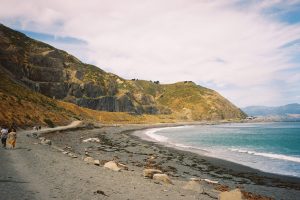
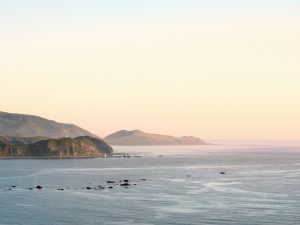
The West Coast, or as some locals call it, the "Wild West", is a long thin region that runs down the South Island's west coast.
The region has the lowest population in all of New Zealand. It is famous for its rugged natural scenery such as the Pancake Rocks, the Blue Pools of Haast, and the glaciers.
The main industries in the region are dairy farming and mining. Tourism also plays an important role.
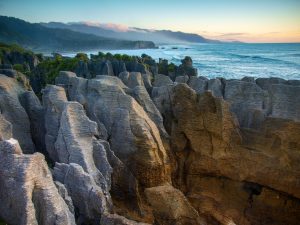
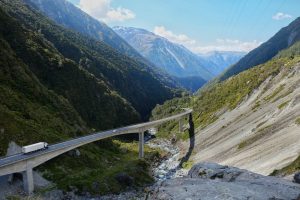
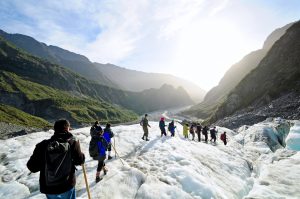
Nelson Tasman is an extraordinary, vibrant region where art and businesses thrive together among a stunning natural landscape. With one in five people internationally born, Nelson Tasman has 48 different cultures living in its environs.
The region prides its self on being New Zealand’s leading Research and Development areas, with the highest proportion of people working in the research, science and tech sectors out of anywhere in New Zealand.
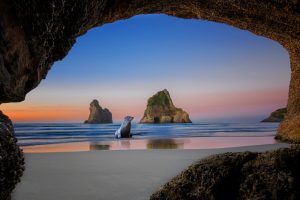
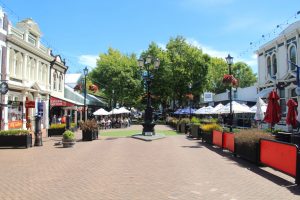

Canterbury is a region on New Zealand’s South Island marked by grassy plains, clear lakes and snow-capped mountains. Its largest city, Christchurch, is famed for its art scene and green spaces.
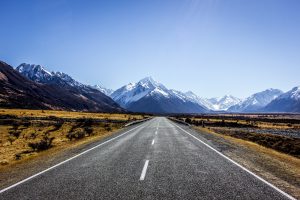
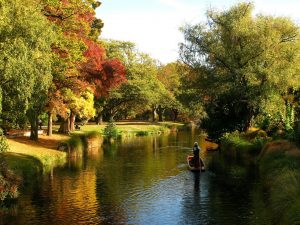

There are few places in the world which will leave you with a lasting sense of difference. Central Otago is undoubtedly one of them from its landscapes, its seasons, its people, its products and experiences.
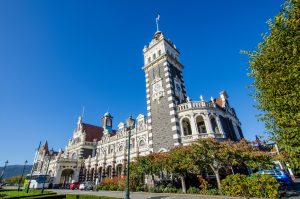
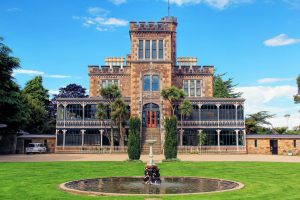
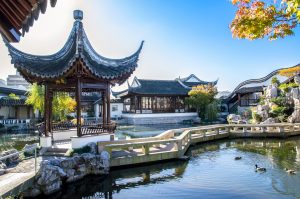
Marlborough Region is on the north-eastern corner of the South Island. The region is well known for its winemaking industry, and the Marlborough Sounds, an extensive network of coastal waterways, peninsulas and islands.
Apart from the wine industry, aquaculture, agriculture and tourism play an important role in the local economy.
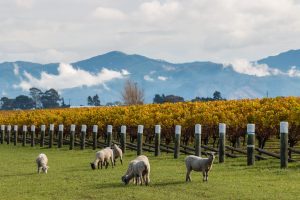
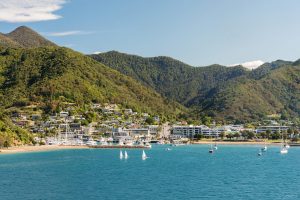
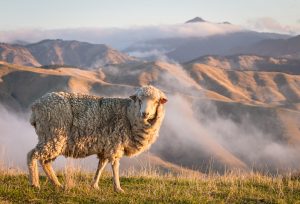
Southland is New Zealand’s most southerly region and includes the World Heritage ranked Fiordland National Park.
The region's only city Invercargill offers a relaxed pace of life with wide streets, little traffic, spacious parks and gardens, striking Victorian and Edwardian architecture and impressive sporting facilities including New Zealand’s first indoor velodrome. Southland's location is such that views of Aurora Australis or the Southern Lights are common.
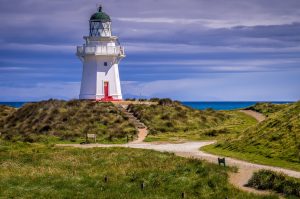
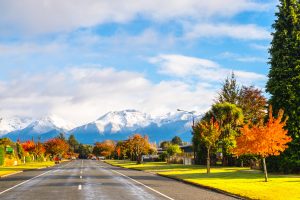
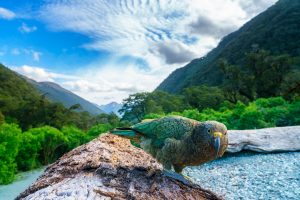
Te Pūkenga will axe 450 jobs and let a further 350 fixed-term contracts expire, under its revised restructure plan.
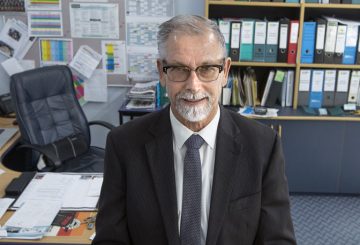
Two wāhine Māori scholars will get the chance to pursue their studies overseas after winning the Fulbright Graduate and Scholar Awards.
Fifty students who would otherwise have been turned away from med school will now have the chance to become doctors.
테아라 아 쿠페 비튼 (Te Ara a Kupe Beaton) 장학금 덕분에 전국에서 온 다섯 명의 마오리 고등학생들의 학업 꿈이 현실에 한 걸음 더 다가섰습니다.
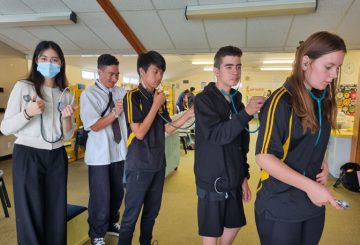

카우파파 마오리 학교가 주장하는 불평등에 대한 와이탕기 재판소의 조사가 타마키 마카우라우에서 시작되었습니다.
